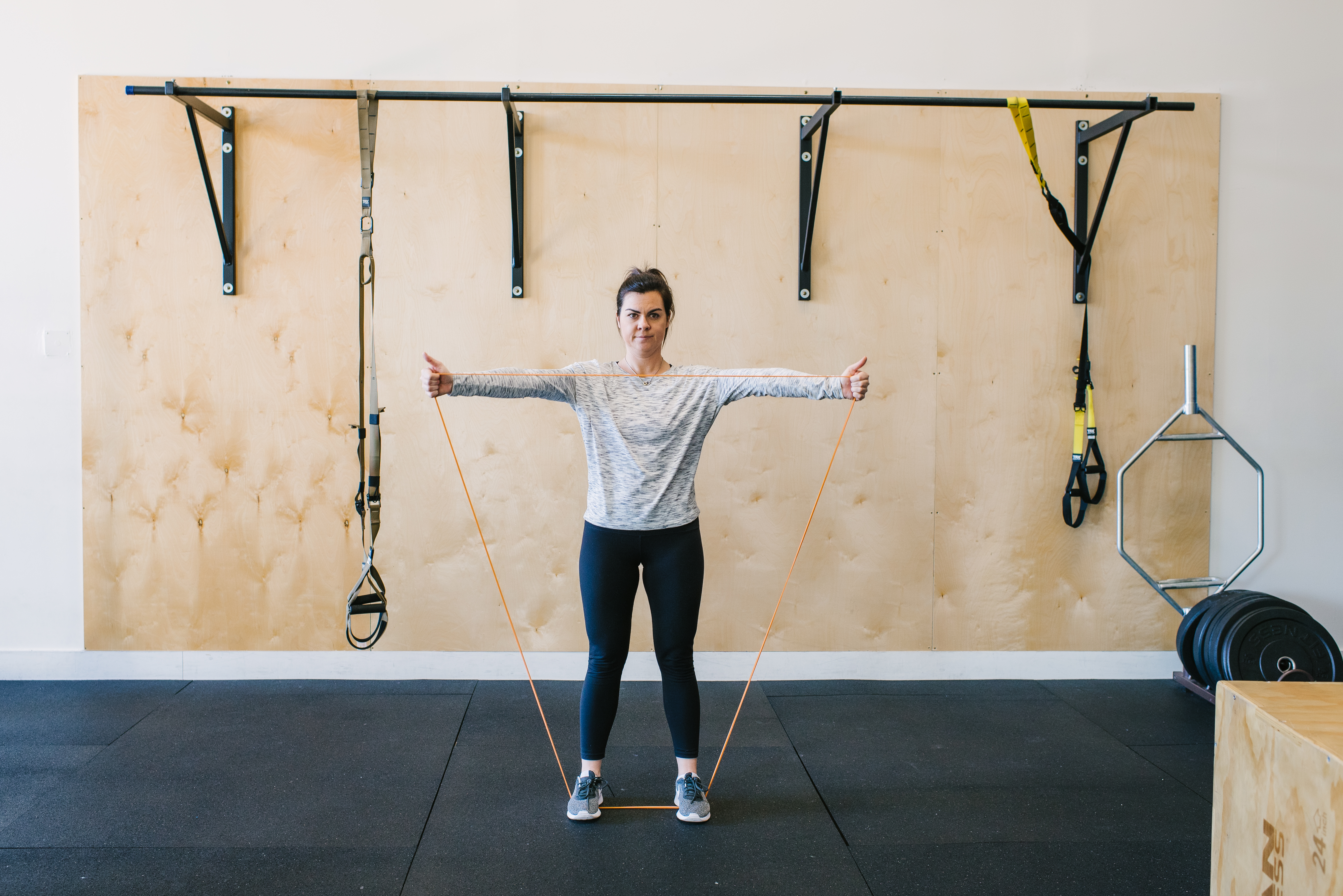The third month of the year is coming to an end. For those of us who have embraced the tactic of consistently adhering to a new fitness routine and refining our health as a New Year resolution, the results of exercising regularly are probably starting to show. Following ninety days of exercise one to three times per week usually creates adaptations for improved strength, cardiovascular health, and less stress in life. If you’ve stuck with a New Year’s resolution of maintaining an exercise routine up to this point, give yourself a pat on the back. Going from little to no organized exercise to paving time out of your week for a few days isn’t easy.
While beneficial adaptations to complying with a regular fitness routine occur after ninety days, some maintenance issues hindering future progress can occur at this point as well. The excitement of feeling energized, shedding a few pounds, and being able to perform physical activities that were challenging before gaining this newfound status of being fit creates an eagerness to push ourselves a little harder in our exercise arenas. Our bodies are malleable organisms that adapt to stresses imposed on us via skillfully designed exercise routines. However, too much physical stress can cause injuries. One injury in particular that seems to arise are shoulder injuries.
Shoulders supply us with the ability to use our hands to manipulate objects in front of our body, out to the side of our body, and reach for objects overhead. Additionally, people enjoy engaging in recreational physical activities such as pickleball, tennis, bocce ball, golf, or throwing a frisbee or ball for their dogs. Let’s not forget playing catch with our children as they enter their first year of tee ball. For the first-time parents of five-year-olds looking to be the next Brandon Crawford, you’ll need a durable and capable arm to throw the baseball with your future professional athlete offspring. These movements seem like common functions of everyday life. However, once they are taken away due to an exercise-induced overuse injury, something as simple as putting a shirt on over your head can become agonizingly painful and debilitating. Unfortunately, overuse injuries from performing too much exercise can produce shoulder movement impairments that can not only hinder our fitness progress but bring the everyday functionality of our shoulder to a screeching halt.
Shoulder injuries from participating in suboptimal exercise or overusing the shoulder joint throughout exercise aren’t uncommon symptoms for new exercise enthusiasts. The good news is, most exercise-induced shoulder injuries are avoidable if the correct injury prevention measures are installed into an exercise program.
The various joints throughout the body are attached by muscles, tendons, and ligaments. Additionally, synovial fluid is produced during movements to lubricate joints and allow for smoother gliding of the bones and cartilage as the bones move throughout the exercise. Performing a movement preparation and injury prevention routine before entering an increased-intensity resistance training routine stimulates the joints to move in a more efficient state. Conducting dynamic stretching and joint mobilization techniques before getting into the more challenging movements promotes oxygenated blood flow, synovial fluid, and neuromuscular signals to muscles surrounding the joints involved in exercise routines.
Here are a few examples of simple yet effective shoulder mobility exercises that don’t require any equipment that prepares shoulders for a strength training session:
Pronated Arm Crossing Stretch: To perform the arm crossing stretch with palms facing down, start by lifting your arms to armpit level. Rotate your palms downward perform a crossing motion across your chest and reverse the motion to abduct your arms away from the midline of your body. Once you feel a slight stretch in the pecs, shoulders, and biceps, reverse the motion. Repeat this stretch for five to 10 repetitions.
Forward and Backward Arm Circle Stretch: To perform the arm circle stretch, start by lifting your arms to armpit level. Make small circles with your arms toward the front of your body. Increase the diameter of your arm circles to where you feel a little more stretch. On the third progression, increase the diameter of your arm circles as wide as your range of motion allows and perform large arm circles. You should feel a stretch in your shoulders and muscular sensation in your biceps and deltoids. Once you complete three progressions of gradually increasing your arm circles from small, medium, to large, reverse the direction of your circles and perform the same sequence in the opposite direction. Repeat each set of arm circles for five to 10 repetitions.
Along with a few other important joints of the body such as the back, hips, and knees, the shoulders serve important purposes in life. Strengthening the shoulders is critically important to our success as humans in today’s society. However, we can’t strengthen our shoulders if we’re injured. Take some time before the more rigorous movements in your exercise routine to activate the shoulder joint to mitigate the likelihood of injury so we can exercise the upper body and garner the benefits of strength training for years to come.
Sean McCawley, the founder and owner of Napa Tenacious Fitness in Napa, CA, welcomes questions and comments. Reach him at 707-287-2727, napatenacious@gmail.com, or visit the website napatenaciousfitness.com.

